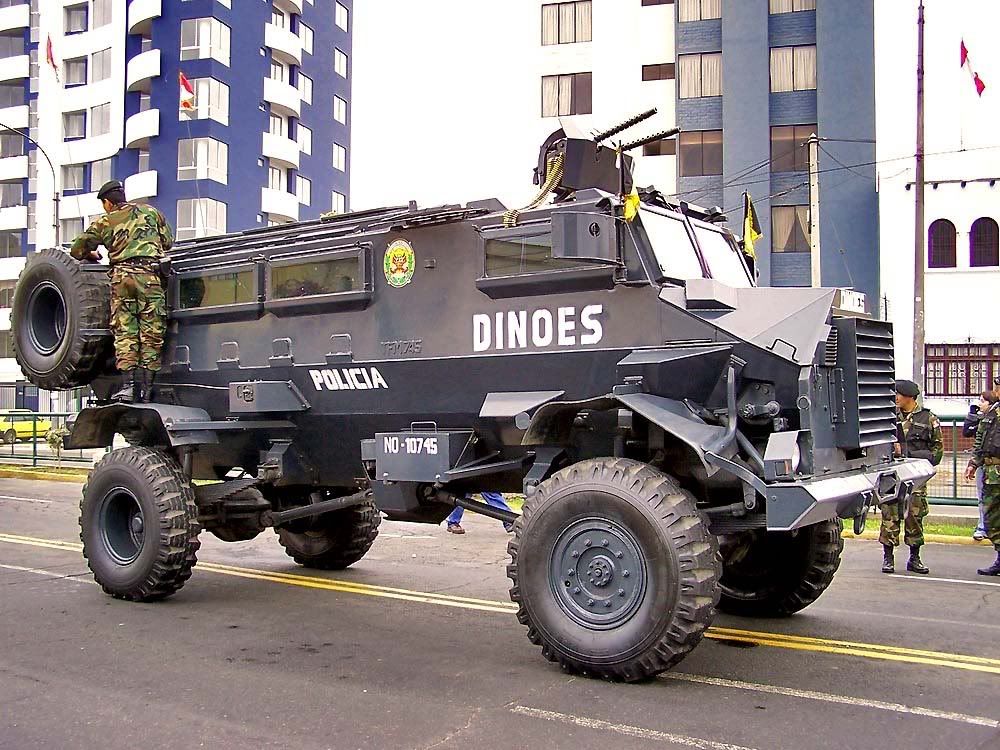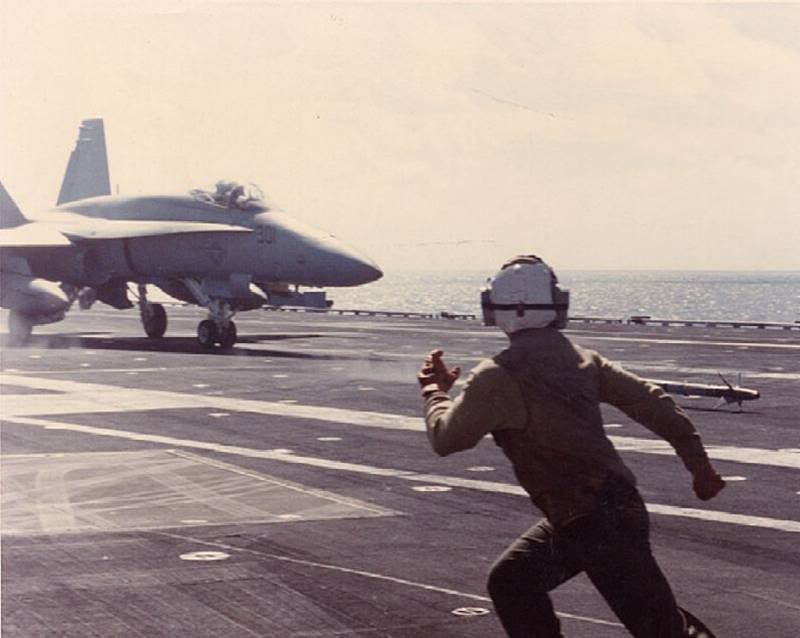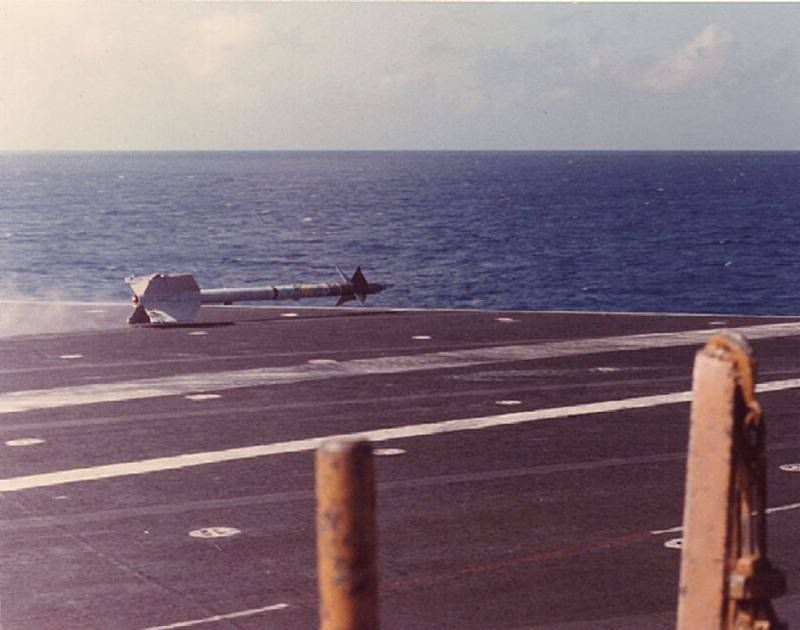En link de Wilhelm es de los mejores que tengo así que no os aburro más y cedo el turno al Sr. Heidkamp
¿Qué ves?
- Wasserfest
- Conscript - Gefreiter

- Mensajes: 142
- Registrado: 17 Sep 2007, 01:21
- STEAM: No Jugador
Saludos.
Sólo por curiosidad... Whilhelm, ¿esa medalla que luce en tu pecho.. es una medalla policial o de alguna asociación de superdotados?
¡¡La leche, qué tío!! No se te escapa ni una... a ver si dejas algo para los demas.
En fin, a ver si ahora consigo adelantarme...
Sólo por curiosidad... Whilhelm, ¿esa medalla que luce en tu pecho.. es una medalla policial o de alguna asociación de superdotados?
¡¡La leche, qué tío!! No se te escapa ni una... a ver si dejas algo para los demas.
En fin, a ver si ahora consigo adelantarme...
"A los idealismos franceses sin significado, Libertad, Igualdad y Fraternidad, les oponemos las realidades prusianas: Infantería, Caballería y Artillería"
Bernhard von Bulow
Bernhard von Bulow
- Wilhelm Heidkamp
- Veteran - Oberleutnant

- Mensajes: 1098
- Registrado: 16 Ene 2005, 14:44
Aquí hay mucha gente más capaz que yo. El tema de resolver o no, es cuestión de visitar el topic antes de que otro se te adelante.Wasserfest escribió:Saludos.
Sólo por curiosidad... Whilhelm, ¿esa medalla que luce en tu pecho.. es una medalla policial o de alguna asociación de superdotados?
¡¡La leche, qué tío!! No se te escapa ni una... a ver si dejas algo para los demas.
En fin, a ver si ahora consigo adelantarme...
Y sí, aquí hay mucha máquina.
Tu turno de preguntar
- Wasserfest
- Conscript - Gefreiter

- Mensajes: 142
- Registrado: 17 Sep 2007, 01:21
- STEAM: No Jugador
Saludos.
Bueno, como no tengo muy claro si este es "mi turno de preguntar" en lugar de colgar una fotografía voy a hacer una pregunta:
¿Qué clase de condecoración es la que te dieron?
Si eres de un cuerpo especial y no puedes revelar su significado, a lo 007, lo entenderé.
Bueno, como no tengo muy claro si este es "mi turno de preguntar" en lugar de colgar una fotografía voy a hacer una pregunta:
¿Qué clase de condecoración es la que te dieron?
Si eres de un cuerpo especial y no puedes revelar su significado, a lo 007, lo entenderé.
"A los idealismos franceses sin significado, Libertad, Igualdad y Fraternidad, les oponemos las realidades prusianas: Infantería, Caballería y Artillería"
Bernhard von Bulow
Bernhard von Bulow
- Wilhelm Heidkamp
- Veteran - Oberleutnant

- Mensajes: 1098
- Registrado: 16 Ene 2005, 14:44
Me váis a sacar los colores y en público 
La que porto en la foto es la Cruz del Mérito Militar con Distintivo Blanco (la primera foto de Iosef).
La que no llevo y me concedieron hace menos tiempo (posterior a esa foto), fue la Cruz del Mérito Policial con Distintivo Blanco, que a pesar del mismo nombre, no es la que tan gentilmente ha colgado Iosef, sino ésta:

La de la foto de Iosef es local, la mía es nacional.
En todo caso, me gustaría que entendiérais que las condecoraciones, incluso aunque sean individuales, reflejan el trabajo de un equipo. Siempre.
Y también deberíais tener en cuenta que las medallas, por sí mismas, no significan casi nada. Conozco muchos buenos hombres en el Ejército, en la GC y en el CNP, que las merecen (mucho más que yo) y que no las han recibido por diversas vicisitudes (yo mismo tuve que pelear con los mandos para proponer a un compañero ex-GEO de mi unidad que tenía un currículum para caerse de espaldas tanto en España como en el extranjero -embajadas, operaciones internacionales, etc- y que no obstante nunca había sido propuesto); al igual que conozco a alguno que la ha recibido en base a méritos de otros y que no se la ha ganado en absoluto.
Es como la vida misma.
Deberíamos dejar el off topic y volver al "Qué ves?".
La que porto en la foto es la Cruz del Mérito Militar con Distintivo Blanco (la primera foto de Iosef).
La que no llevo y me concedieron hace menos tiempo (posterior a esa foto), fue la Cruz del Mérito Policial con Distintivo Blanco, que a pesar del mismo nombre, no es la que tan gentilmente ha colgado Iosef, sino ésta:

La de la foto de Iosef es local, la mía es nacional.
En todo caso, me gustaría que entendiérais que las condecoraciones, incluso aunque sean individuales, reflejan el trabajo de un equipo. Siempre.
Y también deberíais tener en cuenta que las medallas, por sí mismas, no significan casi nada. Conozco muchos buenos hombres en el Ejército, en la GC y en el CNP, que las merecen (mucho más que yo) y que no las han recibido por diversas vicisitudes (yo mismo tuve que pelear con los mandos para proponer a un compañero ex-GEO de mi unidad que tenía un currículum para caerse de espaldas tanto en España como en el extranjero -embajadas, operaciones internacionales, etc- y que no obstante nunca había sido propuesto); al igual que conozco a alguno que la ha recibido en base a méritos de otros y que no se la ha ganado en absoluto.
Es como la vida misma.
Deberíamos dejar el off topic y volver al "Qué ves?".
- Wasserfest
- Conscript - Gefreiter

- Mensajes: 142
- Registrado: 17 Sep 2007, 01:21
- STEAM: No Jugador
Saludos.
Tu carrera delictiva va a tener que progresar mucho para que se la encomienden a Whilhelm. Vamos, que o eres Padrino o nada...
Pues Felicidades por su trabajo señor Heidkamp.
volviendo al tema principal y ya que no hay "sugerencias" propongo esto:

Ya que estábamos en el tema...
Tu carrera delictiva va a tener que progresar mucho para que se la encomienden a Whilhelm. Vamos, que o eres Padrino o nada...
Pues Felicidades por su trabajo señor Heidkamp.
volviendo al tema principal y ya que no hay "sugerencias" propongo esto:

Ya que estábamos en el tema...
"A los idealismos franceses sin significado, Libertad, Igualdad y Fraternidad, les oponemos las realidades prusianas: Infantería, Caballería y Artillería"
Bernhard von Bulow
Bernhard von Bulow
- Wilhelm Heidkamp
- Veteran - Oberleutnant

- Mensajes: 1098
- Registrado: 16 Ene 2005, 14:44
- Wasserfest
- Conscript - Gefreiter

- Mensajes: 142
- Registrado: 17 Sep 2007, 01:21
- STEAM: No Jugador
- Wilhelm Heidkamp
- Veteran - Oberleutnant

- Mensajes: 1098
- Registrado: 16 Ene 2005, 14:44
- Wasserfest
- Conscript - Gefreiter

- Mensajes: 142
- Registrado: 17 Sep 2007, 01:21
- STEAM: No Jugador
- Wasserfest
- Conscript - Gefreiter

- Mensajes: 142
- Registrado: 17 Sep 2007, 01:21
- STEAM: No Jugador
- Wilhelm Heidkamp
- Veteran - Oberleutnant

- Mensajes: 1098
- Registrado: 16 Ene 2005, 14:44
- HISPANIATOR
- Regular - Unteroffizier

- Mensajes: 362
- Registrado: 26 May 2004, 22:26
- STEAM: No Jugador
- Ubicación: Buscando la partida de nacimiento
In 1946, two B-17Gs were modified as flying testbeds for experimental turboprop engines. The Boeing company number Model 299-Z was assigned to these planes. The military equipment was removed, the pilot's cockpit was moved farther back, and the nose was completely modified to accommodate the experimental engine.
The first conversion was of B-17G-110-VE serial number 44-85813. It was turned over to the Wright Aeronautical Company under a bailment contract as EB-17G, the E prefix meaning that the aircraft was exempt from all but the most urgent technical orders issued for the type. The aircraft was fitted with a 5500 hp Wright XT35 Typhoon turboprop in the nose. This engine was more powerful than all four of the standard Wright Cyclone piston engines operating together. However, the Wright Typhoon was ultimately unsuccessful, and did not go into production. The aircraft was later used to test the Wright XJ65 turbojet, the engine being slung below a streamlined nose structure and the intake being covered with a cap for protection during ferrying.
"Ven aqui wapo..."










